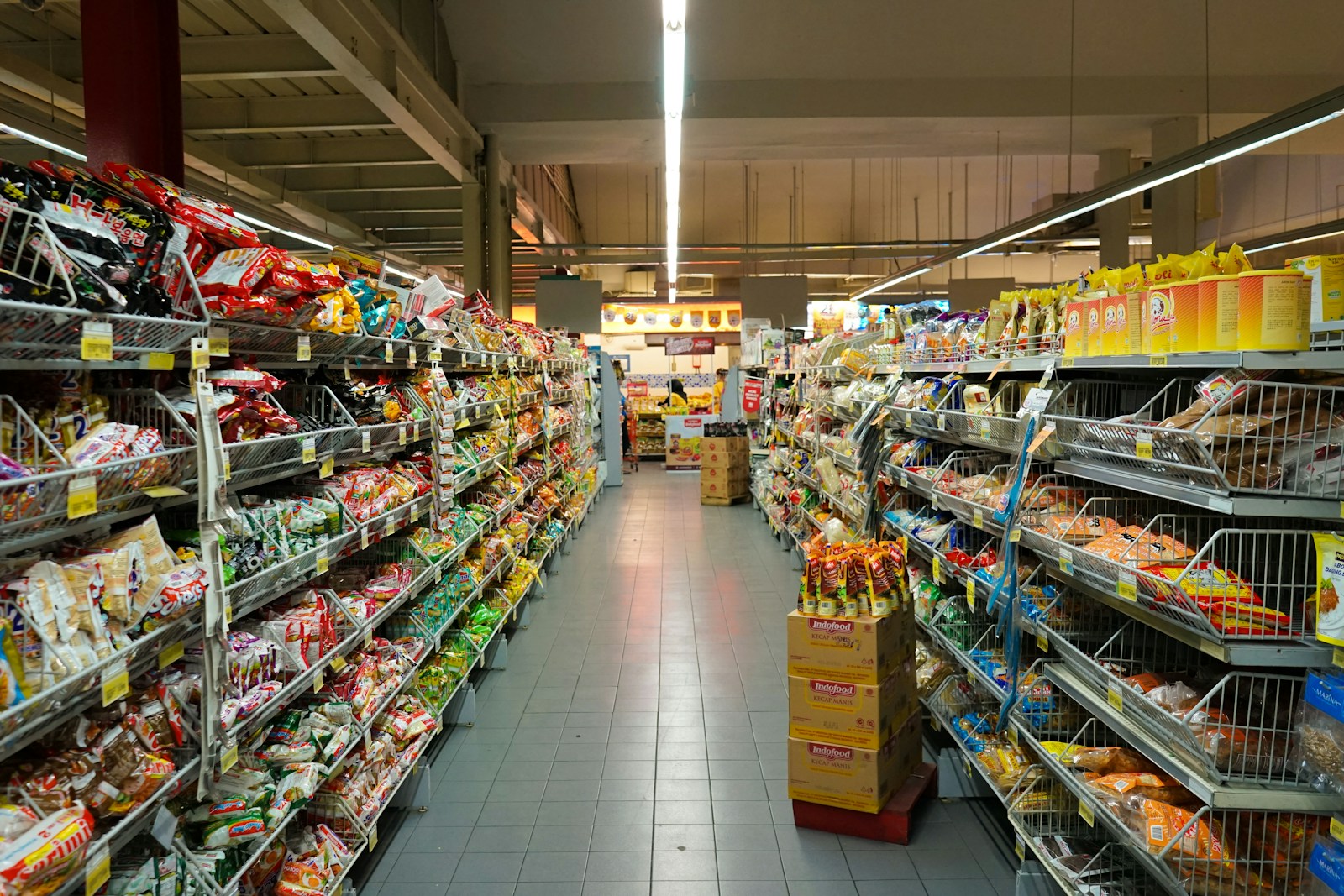Key takeaways
– AriZona iced tea has sold for ninety nine cents for nearly thirty years
– New aluminum import tariffs may force a price increase
– Co-founder Don Vultaggio fears losing the brand’s core identity
– The company uses over one hundred million pounds of aluminum each year
– Fans may soon pay more for this beloved refreshment
Introduction
AriZona iced tea built its fame on a simple promise: a big can for less than one dollar. For nearly three decades, the bright cans have stood out in store coolers and lunch bags. However, current trade rules may threaten that low price. As a result, loyal fans could soon face higher costs for their go-to drink. Even the man who co-founded the company admits he may have no choice but to raise prices.
Tariffs Threaten a Low Price
Recently, the government imposed a fifty percent tariff on imported aluminum. AriZona buys about one fifth of its can material from its neighbor to the north. Consequently, its raw material costs could jump. The company co-founder says the tariff dispute has yet to resolve. Therefore, he feels caught between covering costs and keeping the classic price. Moreover, if the tariffs remain in place, margins will shrink. As a result, the firm may pass the increase on to consumers. Otherwise, profits could fall and the business might suffer.
The Cost of Aluminum
AriZona uses more than one hundred million pounds of aluminum each year. If the brand had raised its price over time, a can might now cost one point nine nine dollars. Yet the company refused to break its ninety nine cent promise. Instead, it absorbed rising costs for over thirty years. Therefore, higher metal fees could force a change at the checkout line. In turn, shoppers might see a small uptick in price. Even a ten cent increase would mark a historic break from the brand’s identity.
Facing a Brand Crisis
Co-founder Don Vultaggio says he hates even the thought of charging more. He believes the low price forms part of the AriZona story. Furthermore, he worries that raising the cost will dilute the fun, laid-back image. He hopes the trade dispute will resolve soon. However, he admits that at some point the consumer must cover the higher bills. As he puts it, maintaining the brand’s promise has become “a hell of a shame” if tariffs stay. Even at age seventy three, he remains passionate about the product. Yet he now faces a tough choice: stick to the old price and take a big hit, or change course and protect the bottom line.
Consumer Reaction and Cultural Impact
Fans have reacted strongly to the news of a possible price hike. Many took to social media to express shock and disappointment. Some joked that if airlines or fast food chains held out as long, they would face massive backlash. Others shared memories of grabbing a can at the corner store after school. Meanwhile, internet commentators pointed out one of the brand’s quirks. The bold ninety nine printed on the can serves as a marketing banner in itself. Therefore, any price bump risks weakening that visual promise. Additionally, some people said they would still buy the tea, even at a higher cost. They view the drink as part of their daily routine. Others warned that a price hike could push them toward cheaper alternatives.
What Comes Next
For now, AriZona and its leadership watch trade talks closely. If the tariff dispute ends or if the company finds new suppliers, the price might stay the same. Alternatively, AriZona could explore different materials or packaging methods. Yet switches often raise supply chain challenges and ecological concerns. For instance, plastic bottles carry their own costs and environmental impact. Consequently, cans remain the most efficient vessel for iced tea. In the face of mounting pressure, the brand may seek a middle ground. It might offer new can sizes or bundle deals to soften the blow.
Final Thoughts
AriZona’s story shows how global policy can reach into simple pleasures. A small tariff can ripple out to everyday items. As a result, a drink that cost less than one dollar for thirty years may soon join inflationary history. In the end, consumers may have to decide whether to pay a little more or find another treat. Either way, the days of that iconic ninety nine cent iced tea may soon fade.

